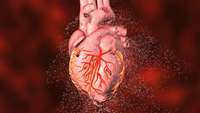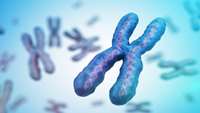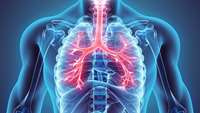Study reveals mechanisms of mechanical stretch induced skin expansion
The capacity of the skin to expand by mechanical stretching has been used for decades in plastic and reconstructive surgery to generate an excess of skin that can be used to repair birth defects, damaged tissues, and breast reconstruction after mastectomy. The cellular and molecular mechanisms by which skin respond to mechanical stretching remain unknown.
Clinical trial in a dish: A novel strategy for drug development in heart disease
Dilated cardiomyopathy (DCM) is a disease of the heart muscle that results in decreased function of the left ventricle, the main pumping chamber. This decreases the heart's ability to pump blood, which can lead to irregular heartbeats (arrhythmias), blood clots, heart failure, or sudden cardiac death.
Drug target for aggressive breast cancer found
A team of British and American scientists have discovered a way to slow the growth of breast cancer stem cells in the lab. The study led by Dr. Bruno Simões and Professor Rob Clarke from The University of Manchester could eventually lead to combination drug therapies on previously untreatable breast cancers.
Cell antennas lacking in Fragile X syndrome, study finds
Structures called primary cilia—which act like TV antennas for cells to detect signals—are present in fewer numbers in mice born with Fragile X syndrome, according to researchers from The University of Texas Health Science Center at San Antonio (UT Health San Antonio). Study results were published July 30 in the journal Stem Cell Reports.
Preserving fertility in female cancer patients and ageing populations
A Monash University study has uncovered the role DNA repair plays in preserving egg quality, offering hope for women whose eggs may be damaged through treatments such as radiation and chemotherapy.
Severely injured donor lungs can be recovered using cross-circulation platform
Currently, a method known as ex vivo lung perfusion (EVLP) is used to provide lung support outside the body and recover marginal quality donor lungs before transplantation. However, EVLP provides only a limited duration of six to eight hours of support-;a time that is too short to recover the majority of severely damaged donor lungs.
A new cell and gene therapy approach to treat common bleeding disorder
In a new study from the Wake Forest Institute for Regenerative Medicine (WFIRM) researchers have developed an optimized cellular platform for delivering Factor 8 to better treat patients with hemophilia A.
Has The Cellular Aging Master Circuit Been Discovered
Humans have long searched for the possibility to extend life and some to even become immortal. But when it comes down to it many consider this to just be a flight of fanciful dreams. But according to research this is not necessarily true. In recent years research is indicating that we can take steps to extend our healthspan and in turn longevity.
Continuous survival of neurons is intrinsically programmed during development
Most neurons are created during embryonic development and have no "backup" after birth. Researchers have generally believed that their survival is determined nearly extrinsically, or by outside forces, such as the tissues and cells that neurons supply with nerve cells.
Researchers devise approach to treat rare, incurable form of blindness
Best vitelliform macular degeneration, or Best disease, is an inherited eye condition that typically leads to blindness over the course of a few decades. The disease can be caused by more than two hundred mutations in the BEST1 gene.












